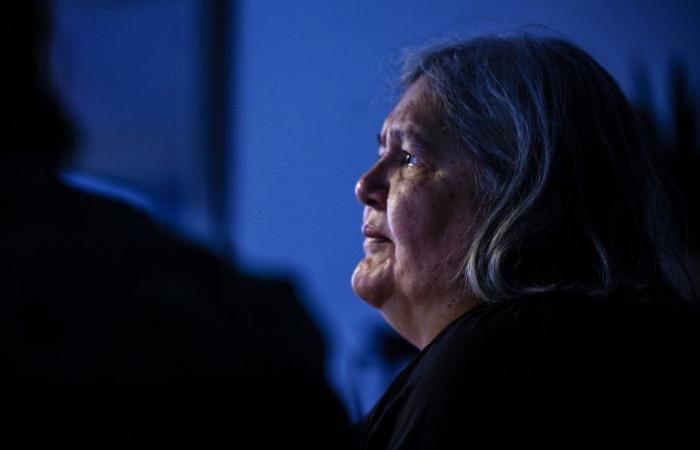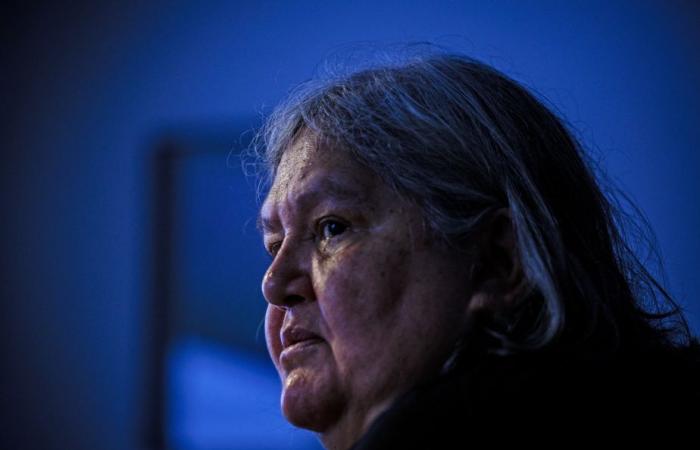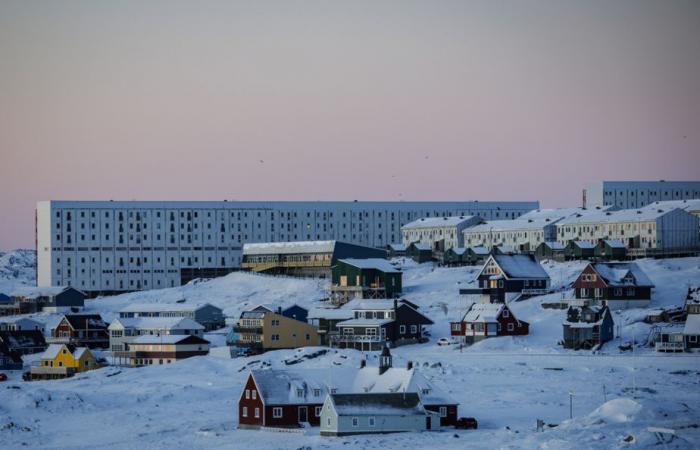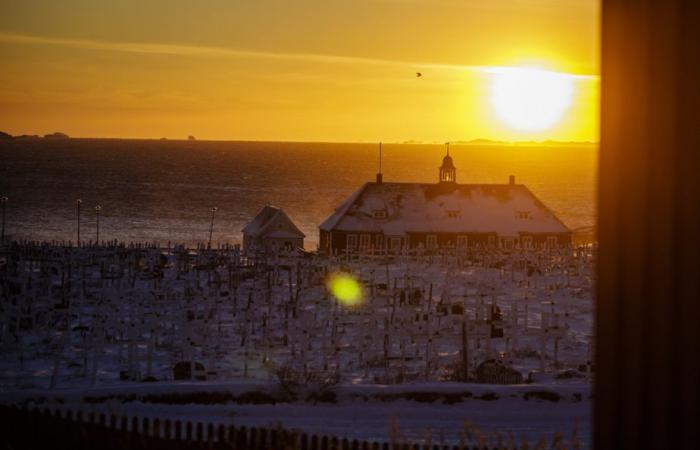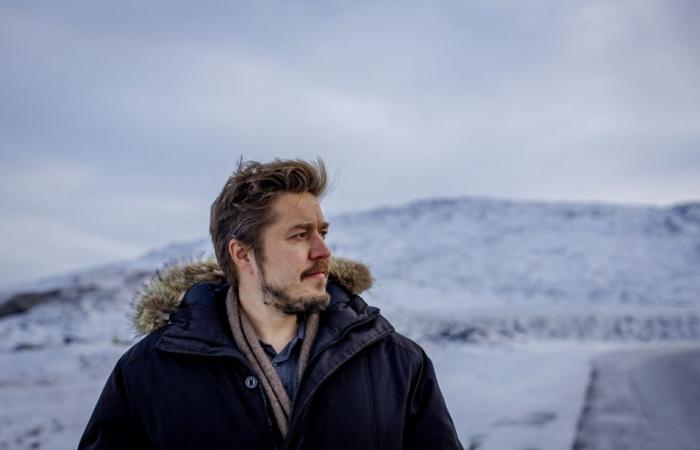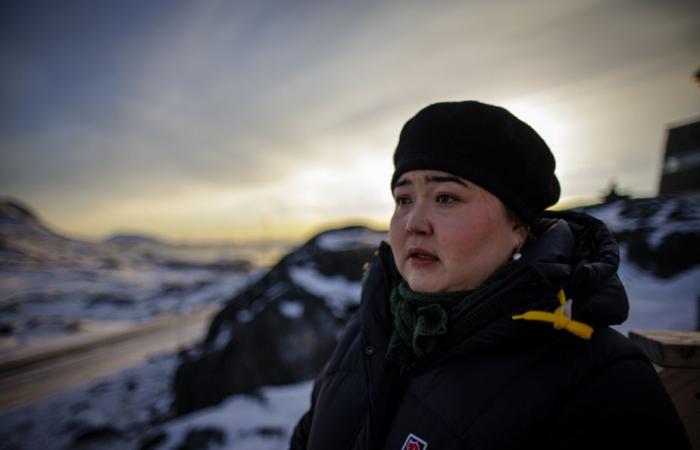In May, Greenland was shocked to learn that thousands of women, many of them minors, were forced to have IUDs inserted in the 1960s and 1970s by the Danish government to curb the growth of the Inuit population. from this country. This scandal released the voices of many victims who have since demanded a “revision of the colonial history” of the territory.
Posted at 5:00 a.m.
(Nuuk) Women left in the dark
Hedvig Frederiksen didn’t know exactly what she was going to do at Paamiut Hospital on that day in 1974. Her teachers had been evasive about the project. She would come out of it scarred for life. That day, he was installed – and a dozen other schoolgirls in his class – an IUD without his consent.
“I was 14,” says the 62-year-old white-haired lady she met in Nuuk, Greenland, this month. Like Mme Frederiksen, at least 4,500 Greenlandic women had IUDs forcibly installed between 1966 and 1975. That is nearly one in two fertile women at the time.
This scandal was brought to light in May by a podcast on the question, published by the Danish media DR. In the report entitled “Spiralkampagnen” and broadcast only in Danish, we learn that the government had launched a massive campaign in Greenland, a semi-autonomous country from Denmark made up of about 90% Inuit citizens. The objective: to slow the unbridled growth of the population.
Since the broadcast of the podcast, tongues have been loosened. And the victims are piling up, revealing the scale of this tragedy which has led the Danish and Greenlandic governments to launch a joint investigation into the subject and a Commission on the historical relations between the two countries.
“I realized that I was not the only one”
When she learned of the report in May, Hedvig Frederiksen collapsed on the ground and began to cry. “I realized I wasn’t the only one,” she says. Because for years she hadn’t talked about this issue, overcome with shame.
The subject is sensitive. Mme Frederiksen cannot hold back her tears as she recounts how, one after another, her compatriots walked into the office of the Danish doctor practicing at Paamiut Hospital in 1974. “They came out clutching their bellies,” she says .
Then came his turn. “I lay down on the examination table. I had a very bad stomach ache. I cried the whole time,” she says. Hedvig Frederiksen had never had sex before. It is only later that she will be explained to have had a contraceptive installed.
PHOTO OLIVIER JEAN, THE PRESS
But we weren’t told about an IUD. I was ashamed. And traumatized. I tried to forget everything.
Hedvig Frederiksen
Mme Frederiksen grew up in the tiny village of Arsuk with his seven siblings. Today there are less than 200 inhabitants. Like many young Greenlanders, Mme Frederiksen had to leave his village to continue his education in Paamiut when he was 13 years old. Her parents, who remained in Arsuk, will never be informed of the acts committed against their daughter. “I didn’t want to go to school anymore after that. But I had no choice,” the lady said.
A “genocide”
Towards the end of the 1960s, Greenland had a very high population growth rate and Denmark was struggling to sustain the territory economically. Hence this policy to restrict births.
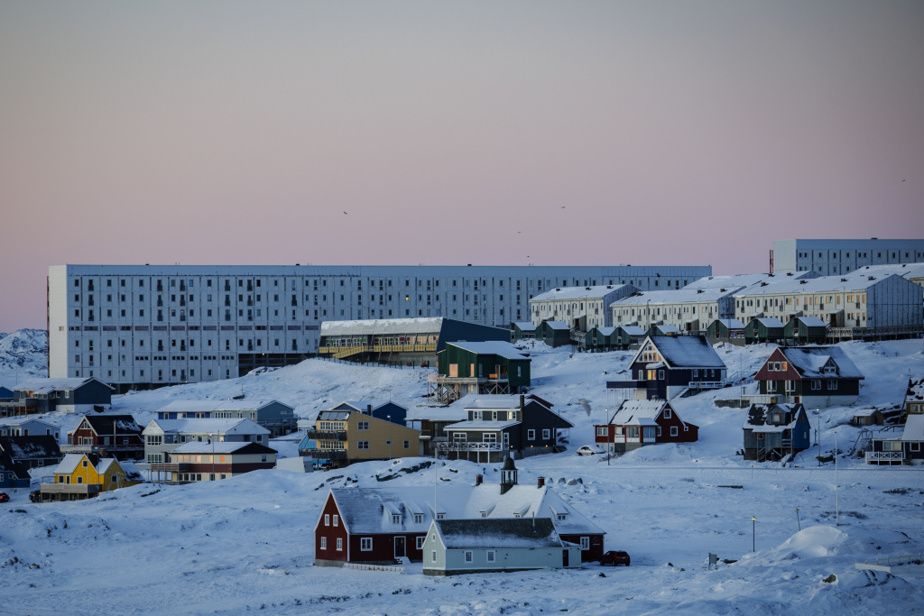
PHOTO OLIVIER JEAN, THE PRESS
Nuuk, capital of Greenland
Associate professor at the department of transcultural and regional studies at the University of Copenhagen, Frank Sejersen indicates that birth control also took place at the time in Denmark.
In Greenland, the colonial aspect of the approach must be taken into account. It was a violation of individual rights. But not only. It was a culture violation […]. The objective was to have colonial control over the reproductive power of the population.
Frank Sejersen, Associate Professor at the Department of Cross-Cultural and Regional Studies, University of Copenhagen
Before the Danish Parliament in May, Greenlandic MP Aki-Matilda Høegh-Dam criticized the government for having committed a veritable “genocide”, mainly for economic reasons. A word also used by Qivioq Løvstrøm, president of the Greenland Human Rights Council and associate professor at Ilisimatusarfik (University of Greenland). She explains that the Danish government likes to clear itself by saying that “everything was done with good intentions”. “It makes them feel good. But we’re not here for that,” she said.
The accumulating testimonies of victims reveal the extent of the trauma experienced by many women. These “report not having felt that they could say no to the installation of the IUD, explains Ms.me Løvstrom. Others denounce having been misinformed of what had been installed for them”.
Women did not know until years later, when they were trying unsuccessfully to give birth, that they were wearing an IUD. Even after having it removed, some have never been able to procreate and associate their fertility problem with prolonged wearing of the IUD, notes Aviaja Fontain, daughter of Hedvig Fredericksen.
She considers herself lucky to have had three children. But she still had an IUD for nine years before she met her husband and had it removed. Even though telling his story is difficult, Hedvig Frederiksen wants to do it. ” To heal. More and more, I’m able to talk about it without crying too much,” she says.
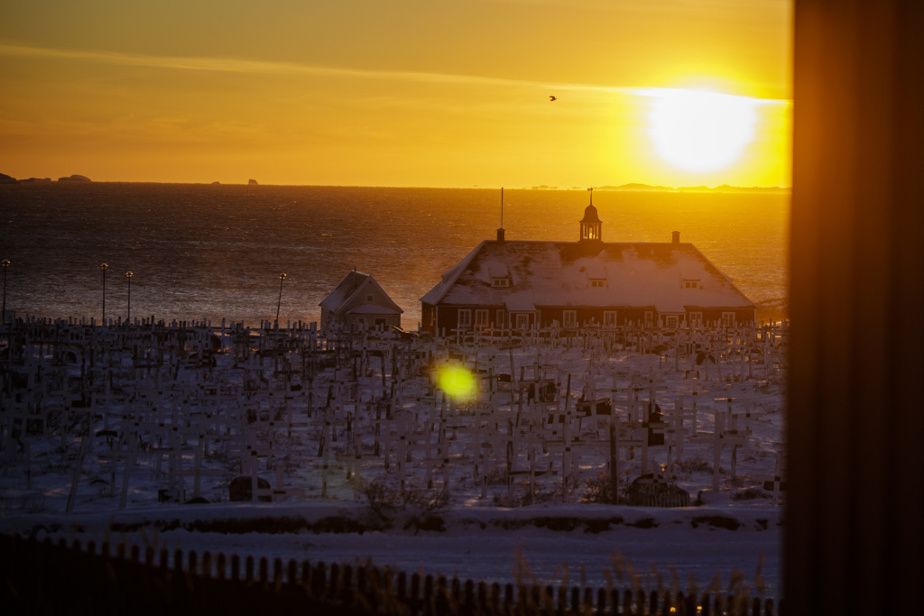
PHOTO OLIVIER JEAN, THE PRESS
A cemetery in Nuuk, capital of Greenland
“We need to revise history”
The IUD scandal that has rocked Greenland for several months has prompted a growing number of people to call for a review of the country’s colonial past.
For Qivioq Løvstrøm, chairwoman of the Greenland Human Rights Council, the IUD scandal is “just the tip of the iceberg” of many other secrets buried for too long in her country. “History needs to be rewritten to bear witness to everything that happened. Because until now, the narrators have put it all nicely for them, ”she says.
Met in her office at Ilisimatusarfik (University of Greenland) in Nuuk, Mme Løvstrøm wears an orange jacket on the day of his interview with The Press. In remembrance of the victims of Canadian residential schools. According to her, Canada’s history with indigenous and Inuit peoples has been tougher than in Greenland until now. “But at least you talk about it. We are just getting started here,” she says.
Sociologist and associate professor in the social work department at Ilisimatusarfik, Steven Arnfjord acknowledges that Greenland is still “discovering its colonial history” with Denmark.
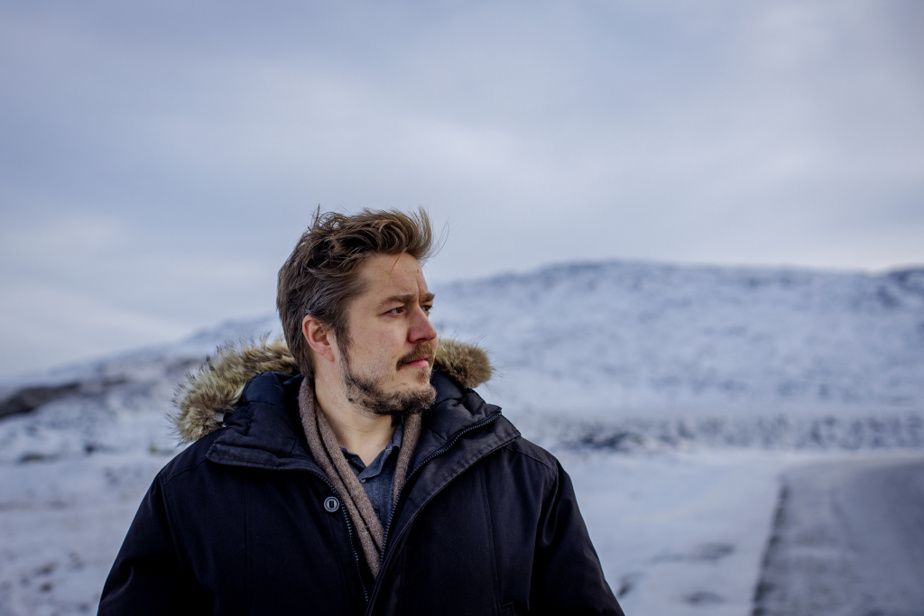
PHOTO OLIVIER JEAN, THE PRESS
Steven Arnfjord, sociologist and associate professor in the social work department at Ilisimatusarfik
At the beginning of the year, for example, the Danish government presented its apologies and compensated six people who had been victims of what is called there “the experiment”. “Today we would call it formalized child abduction,” Arnfjord notes.
In 1951, 22 Inuit children from Greenland, aged 4 to 9, were brought to Denmark as part of a “social experiment”. They learned Danish there, losing all reference to their mother culture. A year and a half later, the majority of the children were brought back to Greenland, but placed in orphanages without any contact with their families. A government report on the issue conducted in 2020 will prove that half of the children in the “experiment” experienced mental health and alcohol problems afterwards.
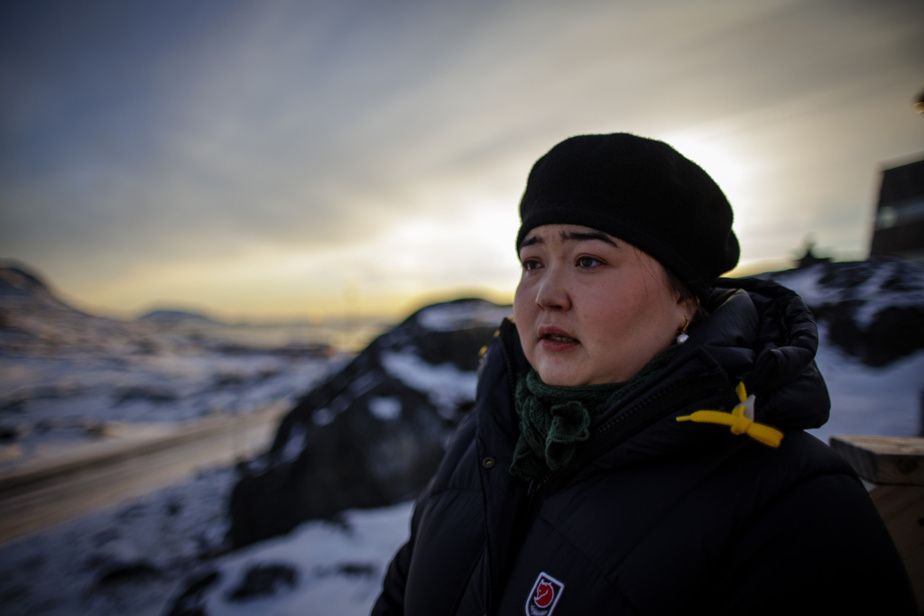
PHOTO OLIVIER JEAN, THE PRESS
Qivioq Løvstrøm, President of the Greenland Human Rights Council
Why are all these stories about Greenland’s past popping up now? Mme Løvstrøm evokes the metoo and Black Lives Matter movements which may have served as a spark plug.
Associate Professor in the Department of Cross-Cultural and Regional Studies at the University of Copenhagen, Frank Sejersen points out that recent scandals have led the Danish and Greenlandic governments to launch a special commission this fall which will examine the historical relations between the two countries. “We will look at all the events that have had a traumatic effect on the population since the Second World War, explains Mr. Sejersen. We are talking about the closure of small villages. From the domination of the Danish language in Greenland, for example. »
For meme Løvstrøm, it is time to shed light on what happened in Greenland. “We have long been afraid to talk about it […] Several things are changing. And the time has come to no longer accept anything, ”she says.
In Canada
In Canada, the forced sterilization of Indigenous women has made headlines in recent years. In 2018, a report from Saskatchewan discussed the forced sterilization of 16 Indigenous women between 2005 and 2010 and spoke of “structural discrimination and [du] pervasive racism in the health care system in general”. A June 2019 Senate report stated that “this appalling practice” of forced sterilization “is not a thing of the past, but clearly continues today.” In Quebec, a study published Thursday* demonstrates that at least 22 Indigenous women have been forcibly sterilized since 1980. A class action was also filed in November 2021 against the CISSS de Lanaudière by women from the Atikamekw community believing that they had been sterilized against their will. Twelve people are registered so far.
Co-author of the report published this week, Patricia Bouchard of the University of Quebec in Abitibi-Témiscamingue explains that in several countries where forced sterilization campaigns have been carried out by governments, it was done under “population control laws”. “On paper, it looked legit. But in fact, it affected the poorest and most isolated women,” she says, citing Peru as an example. In this South American country, around 300,000 women, including many Quechuas, were forcibly sterilized in the 1990s under the government of Alberto Fujimori.
This report was produced with the financial support of the Fonds québécois en journalisme international.

